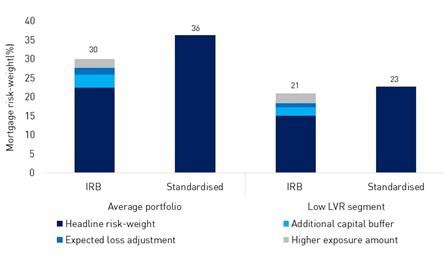I think it is human instinct to interpret why organisations and people make bad decisions through a moral lens (e.g. they are bad people) but I am more interested in the question why organisations run by ordinary people seem to end up with often substandard outcomes. My current interaction with one of my financial service providers comes to mind.
This post by Marc Rubinstein and Dan Davies offers some insights that have prompted me to order Dan’s new book
What do bad decision-making organizations have in common? Quite a few things, but one of the clearest signs is something you might call an “accountability sink”.
Tony – From the Outside
